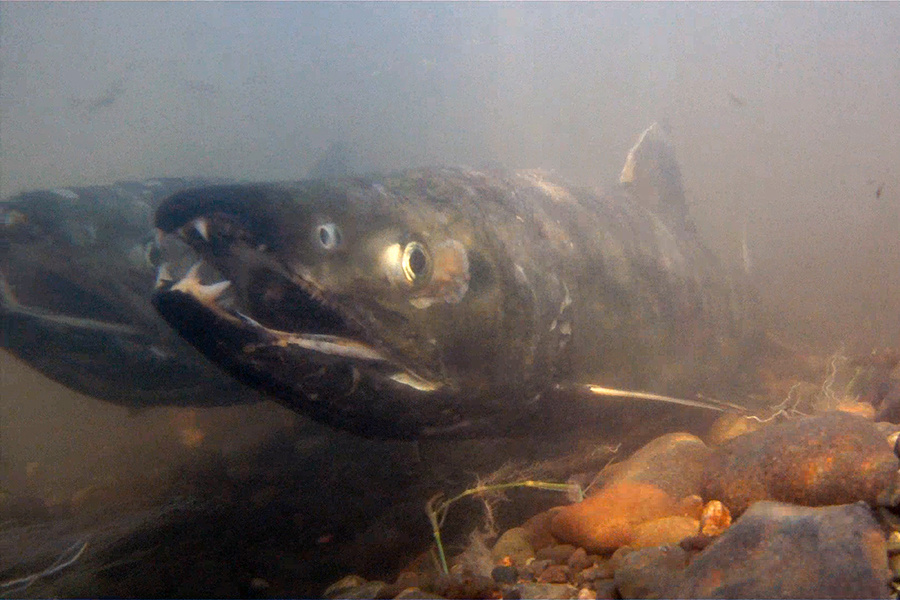We are integrating multiple areas of research on the impacts of ocean acidification (OA) and the influence of “tipping points” (i.e., regime shifts) on Alaska’s fisheries, particularly chum salmon in the Gulf of Alaska. We will develop indicators based on a range of information, from fish prices to harvest volume and average fish size. The project will use results from a bio-economic model to create decision tools and OA fisheries adaptation strategies for salmon managers to minimize the risk of OA for salmon populations and those who depend on them.

Why We Care
Alaska is expected to experience ocean acidification faster than any other coastal waters in the United States, primarily due to its colder water which absorbs more carbon dioxide than warmer waters. With seafood industry job incomes over $1.5 billion annually and communities that rely on healthy oceans for subsistence, nutrition, and culture, increased ocean acidification is expected to have significant implications in Alaska. For Alaskans dependent on salmon, it is critical to understand how salmon may fare in a higher-acidity environment, and the cultural and economic implications of their response. There is a potential for environmental thresholds, which, once crossed are difficult if not impossible to reverse. Further, there is a need to better understand the ramifications for humans from these effects and the implications of how human society responds.
What We Are Doing
In collaboration with the NOAA Ocean Acidification Program, we have funded a project led by the University of Wyoming that will investigate the implication of ocean acidification thresholds and major ecosystem shifts in the Gulf of Alaska on salmon. The project will:
- Synthesize existing salmon data to identify critical ecosystem and socio-economic indicators, their current status, and explore thresholds that might result in rapid shifts in the linked ecological-socioeconomic system;
- Develop and test a dynamic ecological-economic model to simulate management scenarios with human-ecological feedbacks;
- Identify social and behavioral barriers to implementing adaptation and management transition plans;
- Engage affected stakeholders and managers to guide the science and development of management plans; and
- Communicate the project’s scientific and planning results to legislative decision makers, fishermen, salmon-dependent communities, and wider scientific circles.
Benefits of Our Work
This project will investigate the implication of potential ocean acidification thresholds and major ecosystem shifts in the Gulf of Alaska on salmon. Integrated human-ecological models will be developed to simulate management scenarios to assess the benefits of preemptive adaptation planning and policy making. In this way, we will investigate alternative management responses given a range of uncertain impacts of ocean acidification on salmon. This approach will not only inform managers but also guide adaptation planning for industry and Alaskans whose livelihoods depend on salmon. Both of these groups will be engaged in the research and co-production of management transition and adaptation plans from the beginning of the project.
